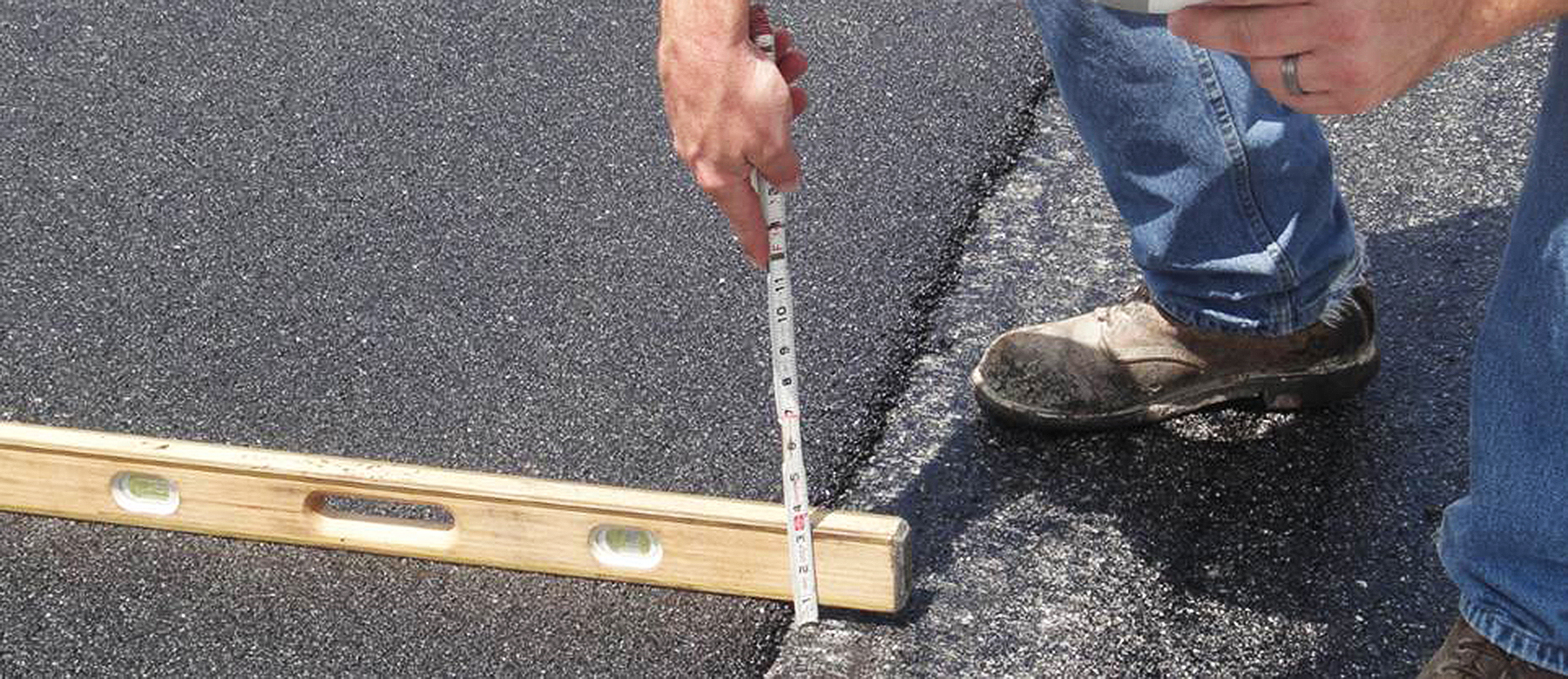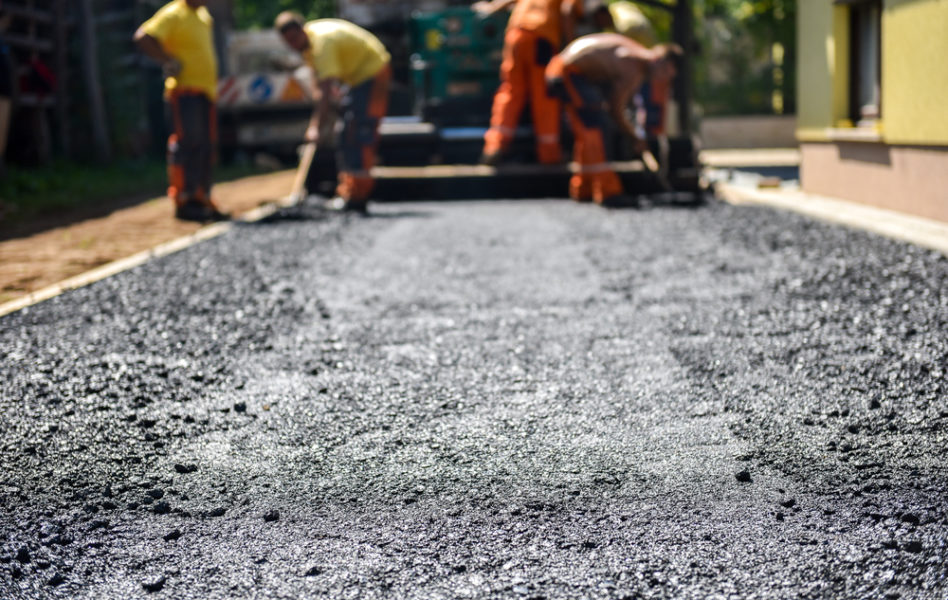Opening the Secrets of Hot Mix Asphalt Innovation
Discovering the depths of hot mix asphalt technology reveals a world where accurate solutions and careful processes merge to form our roadways and infrastructure. The blend of fillers, binders, and aggregates isn't just a building task however a tactical orchestration of sturdiness and efficiency.
Relevance of Hot Mix Asphalt
Warm Mix Asphalt plays a critical function in modern-day facilities growth because of its resilience and cost-effectiveness. As one of the most frequently made use of paving product for roads, freeways, and car park great deals, Warm Mix Asphalt provides a variety of benefits that add to its importance in building tasks. One essential benefit is its capacity to endure rush hour tons and harsh climate condition, providing a lasting and trusted surface area for transportation networks. Furthermore, Warm Mix Asphalt is cost-effective in both initial building and lasting upkeep, making it a preferred choice for numerous framework tasks.
The resilience of Hot Mix Asphalt stems from its make-up, which includes aggregates, binder, and filler products that are thoroughly picked and blended to meet details efficiency requirements. On the whole, the value of Hot Mix Asphalt in framework development can not be understated, as it proceeds to be a foundation of modern building practices.
Parts of Asphalt Mixes
The composition of asphalt blends includes very carefully selected aggregates, binder, and filler products that are important for achieving certain performance demands. Accumulations are the primary part of asphalt mixes, offering stamina and security. These accumulations can be all-natural, such as gravel or crushed stone, or artificial, like recycled products from old pavements. The binder, commonly bitumen or asphalt concrete, holds the aggregates together and supplies flexibility and toughness to the mix. The selection of the binder is important as it directly affects the mix's performance in different climate condition. Fillers, such as hydrated lime or Portland cement, are made use of to improve the mix's workability and aging resistance. Angled Parking.
The combination and proportion of these elements play a substantial duty in establishing the top quality and efficiency of the asphalt mix. Designers very carefully make the mix to fulfill specific requirements, considering factors like traffic quantity, environment problems, and sidewalk lifespan. Proper selection and harmonizing of accumulations, binder, and fillers are crucial for developing sturdy, durable asphalt sidewalks.
Mixing and Production Methods

When the accumulations are chosen, the binder, commonly asphalt concrete, is included to bind the products with each other. The binder's top quality and amount dramatically impact the mix's resistance, stamina, and flexibility to environmental factors. Additionally, fillers like hydrated lime or Rose city concrete might be included to enhance specific characteristics of the asphalt mix, such as its workability or dampness resistance.
Throughout production, the aggregates and binder are heated, typically in between 250-325 ° F(121-163 ° C ), to assist in mixing and make certain correct finish of the aggregates. The mixing procedure needs to be extensive to achieve an uniform blend that promotes the wanted efficiency features of the asphalt. Different techniques, such as set mixing or drum mixing, are utilized to achieve top notch and consistent asphalt blends for building and construction jobs.
Factors Influencing Asphalt Performance
Elements affecting asphalt efficiency encompass a find more info variety of variables that influence the resilience, durability, and overall high quality of asphalt sidewalks. One key aspect is the top quality of products used in the asphalt mix.

Environmental problems likewise affect here are the findings asphalt performance. Temperature level variants, wetness seepage, and web traffic lots can all impact the architectural integrity of the pavement. Layout considerations, such as pavement density and drainage, are necessary in ensuring the long-term efficiency of the asphalt sidewalk. By thoroughly taking into consideration these service providers, designers and factors can enhance asphalt performance and improve the solution life of sidewalks.
Sustainable Practices in Asphalt Innovation

In addition, the advancement of warm-mix asphalt (WMA) innovations has gained grip in current years. WMA enables the production and positioning of asphalt blends at lower temperatures contrasted to standard hot-mix asphalt, leading to decreased power intake and greenhouse gas discharges. The usage of porous asphalt blends can help minimize stormwater overflow issues by enabling water to infiltrate via the pavement and right into the ground, promoting all-natural water filtration and reenergize processes. By applying these sustainable techniques, the asphalt market can add to developing an extra eco-friendly and durable infrastructure network.
Verdict
In final thought, warm mix asphalt modern technology plays a crucial role in contemporary facilities advancement because of its longevity and cost-effectiveness. By carefully balancing components, employing proper mixing techniques, and considering various factors, engineers can create top quality asphalt mixes that withstand heavy traffic loads and harsh weather. Welcoming lasting methods, such as utilizing warm-mix technologies and recycled products, better boosts the ecological kindness of asphalt innovation.
Blending and manufacturing methods in hot mix asphalt modern technology entail the exact combination and handling of accumulations, binder, and fillers to produce a durable and check out this site high-performance asphalt mix.Variables affecting asphalt performance incorporate a variety of variables that impact the durability, long life, and general quality of asphalt sidewalks. Sustainable techniques in asphalt innovation encompass numerous efforts intended at minimizing the environmental influence of asphalt production and paving procedures. By including reclaimed asphalt sidewalk (RAP) and recycled asphalt shingles (RAS) right into new asphalt blends, the sector can substantially reduce the intake of raw materials and power, while also reducing landfill waste.
WMA enables for the production and placement of asphalt blends at lower temperature levels compared to standard hot-mix asphalt, resulting in reduced energy intake and greenhouse gas emissions.